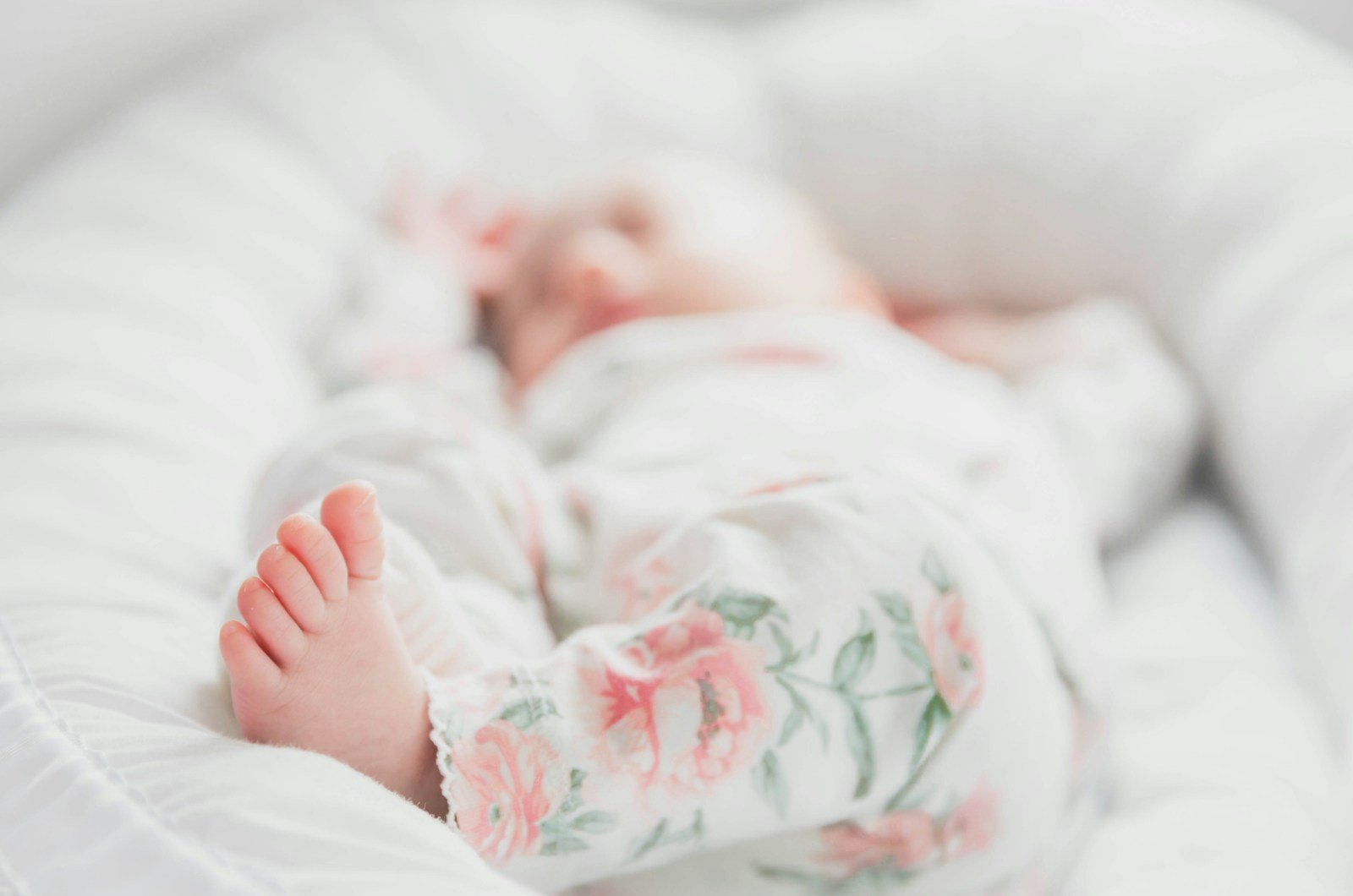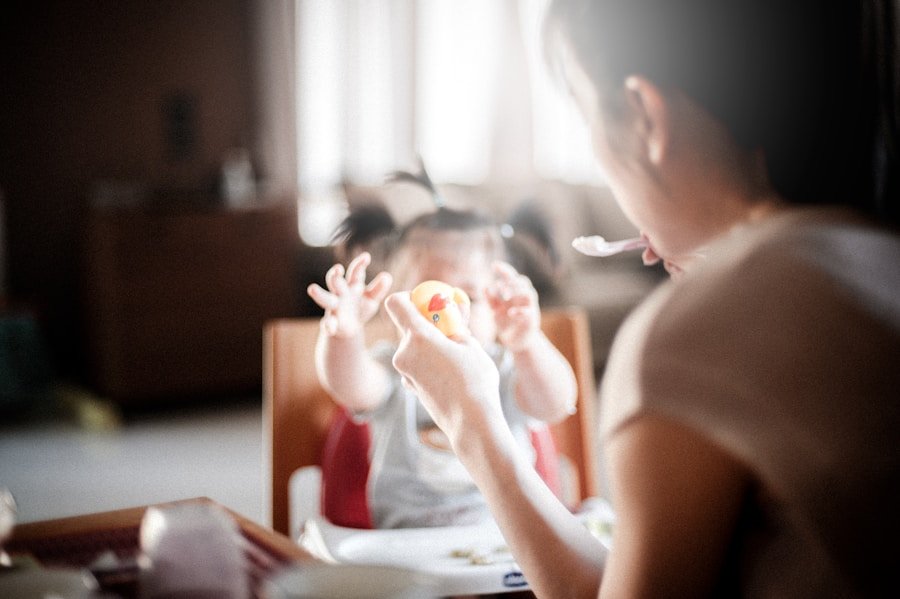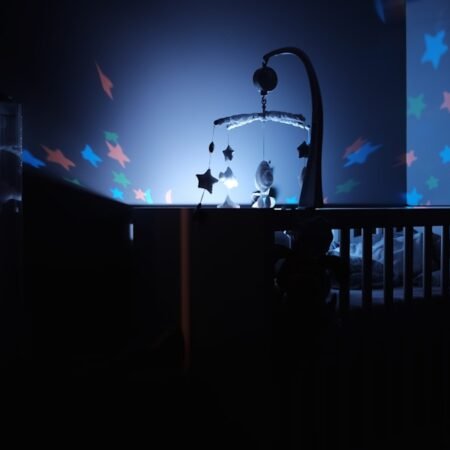Mealtime with a baby or toddler can often feel like a battle. From picky eating to messy mealtimes, it can be a challenge to ensure that your little one is getting the nutrition they need. One way to make mealtime easier and more enjoyable for both you and your child is by choosing the right plates. The right baby and toddler plates can make a world of difference in how your child interacts with food and can help to avoid mealtime battles.
When it comes to choosing the right plates for your baby or toddler, there are a few key factors to consider. First and foremost, you’ll want to look for plates that are durable and easy to clean. Babies and toddlers can be messy eaters, so having plates that can withstand the inevitable drops and spills is essential. Additionally, you’ll want to look for plates that are the right size for your child’s age and developmental stage. Plates that are too large or too small can make it difficult for your child to feed themselves and can lead to frustration during mealtime.
Key Takeaways
- Choosing the right baby and toddler plates can make mealtime easier and more enjoyable for both parents and children.
- Look for plates that are durable, easy to clean, and free from harmful chemicals such as BPA and phthalates.
- Sectioned plates can help introduce new foods and encourage balanced eating habits in babies and toddlers.
- Introduce new plates to your baby or toddler gradually, and make mealtime a positive and fun experience.
- The right plates can help avoid mealtime battles and create a positive eating environment for babies and toddlers.
Tips for Selecting the Best Plates for Your Baby or Toddler
When selecting plates for your baby or toddler, it’s important to consider the material from which they are made. Plastic plates are a popular choice for young children, as they are lightweight, durable, and easy to clean. However, it’s important to choose BPA-free plastic plates to ensure that your child isn’t exposed to harmful chemicals. Another option to consider is silicone plates, which are also durable and easy to clean. Silicone plates are a great choice for babies and toddlers who are just learning to feed themselves, as they are often designed to suction to the table, making them less likely to be thrown or knocked over.
In addition to considering the material of the plates, you’ll also want to think about the design. Look for plates that have a non-slip base to prevent them from sliding around on the table or high chair tray. Sectioned plates can also be helpful for encouraging your child to try a variety of foods and can make it easier for them to feed themselves. Finally, consider the color and design of the plates. Bright, colorful plates with fun designs can make mealtime more enjoyable for your child and may even encourage them to try new foods.
How the Right Plates Can Make Mealtime Easier and More Enjoyable
The right baby and toddler plates can make mealtime easier and more enjoyable for both you and your child in a number of ways. First and foremost, the right plates can help to encourage independence in your child. Plates that are the right size and shape for your child’s age and developmental stage can make it easier for them to feed themselves, which can be a big confidence booster. Additionally, sectioned plates can make it easier for your child to try a variety of foods, as they can see each food item separately and may be more willing to give new foods a try.
Furthermore, the right plates can help to reduce mess during mealtimes. Plates with non-slip bases can prevent them from sliding around on the table or high chair tray, reducing the likelihood of spills. Additionally, sectioned plates can help to keep different foods separate, reducing the likelihood of them getting mixed together and making a mess. Finally, bright, colorful plates with fun designs can make mealtime more enjoyable for your child, which may make them more willing to sit at the table and eat.
Avoiding Mealtime Battles with the Right Baby and Toddler Plates
| Plate Type | Age Range | Material | Features |
|---|---|---|---|
| Suction Plate | 6 months – 3 years | Silicone | Suctions to table, spill-proof, BPA-free |
| Divided Plate | 1 year – 5 years | Plastic | Separate compartments, microwave safe, dishwasher safe |
| Bamboo Plate | 6 months – 4 years | Bamboo fiber | Eco-friendly, biodegradable, non-toxic |
Mealtime battles are a common struggle for many parents of babies and toddlers. Whether it’s dealing with picky eating or trying to get your child to sit still at the table, mealtimes can be a source of stress for both parents and children. However, choosing the right baby and toddler plates can help to avoid mealtime battles and make mealtimes more enjoyable for everyone involved.
One way that the right plates can help to avoid mealtime battles is by encouraging independence in your child. Plates that are the right size and shape for your child’s age and developmental stage can make it easier for them to feed themselves, which can reduce frustration and resistance during mealtimes. Additionally, sectioned plates can make it easier for your child to try new foods, as they can see each food item separately and may be more willing to give new foods a try.
Features to Look for in Baby and Toddler Plates
When selecting plates for your baby or toddler, there are several key features to look for that can make mealtimes easier and more enjoyable. First and foremost, look for plates that are durable and easy to clean. Babies and toddlers can be messy eaters, so having plates that can withstand drops and spills is essential. Additionally, look for plates that are the right size and shape for your child’s age and developmental stage, as well as those with non-slip bases to prevent them from sliding around on the table or high chair tray.
Sectioned plates can also be a great feature to look for in baby and toddler plates. Sectioned plates can make it easier for your child to try a variety of foods, as they can see each food item separately and may be more willing to give new foods a try. Finally, consider the color and design of the plates. Bright, colorful plates with fun designs can make mealtime more enjoyable for your child and may even encourage them to try new foods.
How to Introduce New Plates to Your Baby or Toddler
Introducing new plates to your baby or toddler can be a simple process if done correctly. Start by placing the new plate on the table or high chair tray during mealtime so that your child can become familiar with it. You may also want to let your child play with the new plate outside of mealtime so that they can become comfortable with it before using it for food. When it comes time to use the new plate for a meal, be patient and give your child time to adjust to it. Encourage them to touch and explore the plate before placing food on it.
It’s also important to make mealtime a positive experience when introducing new plates. Offer praise and encouragement when your child uses the new plate, even if they don’t eat much or make a mess. Additionally, consider serving their favorite foods on the new plate initially to help create positive associations with it. With time and patience, your child will become comfortable using the new plate, making mealtimes easier and more enjoyable for everyone involved.
The Benefits of Using Sectioned Plates for Babies and Toddlers
Sectioned plates can offer a number of benefits when it comes to feeding babies and toddlers. One of the main benefits of sectioned plates is that they can make it easier for children to try a variety of foods. By keeping different foods separate on the plate, sectioned plates can make it less overwhelming for children who may be hesitant to try new foods. Additionally, sectioned plates can make it easier for children to feed themselves, as they can see each food item separately and may be more willing to give new foods a try.
Furthermore, sectioned plates can help to reduce mess during mealtimes. By keeping different foods separate on the plate, sectioned plates can reduce the likelihood of them getting mixed together and making a mess. This can make mealtimes less stressful for parents and more enjoyable for children. Finally, sectioned plates can help children learn about portion sizes and balance in their meals, as they can see how much of each food group they are eating at a glance.
In conclusion, choosing the right baby and toddler plates is an important step in making mealtimes easier and more enjoyable for both you and your child. By considering factors such as material, design, and features when selecting plates, you can help avoid mealtime battles and encourage independence in your child. Introducing new plates in a positive way and using sectioned plates can also offer benefits when it comes to feeding babies and toddlers. With the right plates, you can help create positive associations with mealtimes and encourage healthy eating habits in your child from an early age.
FAQs
What are baby and toddler plates?
Baby and toddler plates are specially designed plates that are suitable for young children who are transitioning from being fed by an adult to self-feeding. These plates are typically made of durable, non-toxic materials and are designed to be easy for little hands to handle.
How can the right baby and toddler plates help with mealtime battles?
The right baby and toddler plates can help with mealtime battles by making mealtime more enjoyable and less stressful for both children and parents. These plates are often designed to be attractive to children, making them more interested in their food. They can also be designed to be non-slip, making it easier for children to feed themselves without making a mess.
What features should I look for in baby and toddler plates?
When choosing baby and toddler plates, look for features such as non-slip bases, divided sections to separate different foods, and durable, non-toxic materials. It’s also helpful to choose plates that are easy to clean and dishwasher safe for convenience.
At what age should I introduce baby and toddler plates?
You can start introducing baby and toddler plates as soon as your child begins to show an interest in self-feeding, which is typically around 6-9 months of age. It’s important to choose plates that are appropriate for your child’s developmental stage and motor skills.
Are there any safety considerations when using baby and toddler plates?
When using baby and toddler plates, it’s important to ensure that they are made of non-toxic materials and are free from harmful chemicals such as BPA, phthalates, and PVC. Additionally, always supervise young children during mealtime to prevent choking hazards and ensure that they are using the plates safely.





























